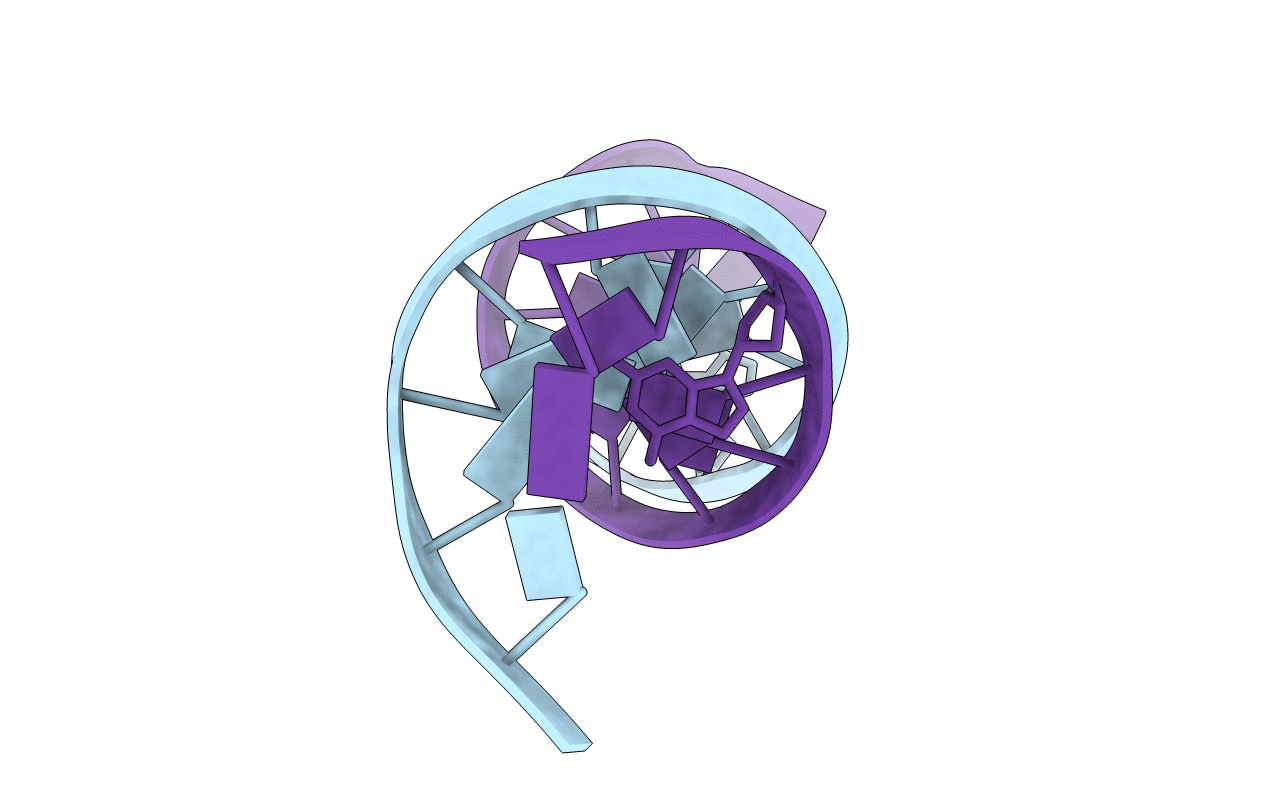
Deposition Date
2007-06-25
Release Date
2008-05-06
Last Version Date
2023-08-30
Entry Detail
Biological Source:
Source Organism:
Method Details:
Experimental Method:
Resolution:
1.60 Å
R-Value Free:
0.25
R-Value Work:
0.18
R-Value Observed:
0.18
Space Group:
P 21 21 21


